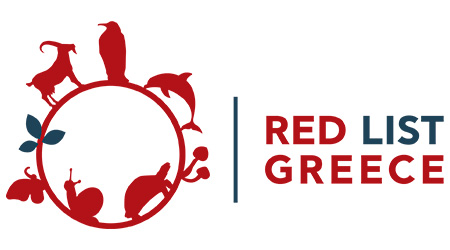MENU
NECCA is a governmental institute under the supervision of Ministry of Energy and Environment established in 2020. It is designated to protect ecosystems and biodiversity, manage protected areas and promote sustainable development, climate change mitigation and adaptation actions. Moreover, NECCA is bringing together scientists, politician, public and private sector and a wide variety of stakeholders and expertise. Learn more for NECCA:
NECCA joins forces with private and public sector at national, European and worldwide level in an attempt to consolidate knowledge, leverage financial resources and promote an integrated approach on nature conservation. This is achieved through participation in EU funded projects, consortiums, memorandum of understanding with private and public sector institutes, academy, and NGOs.

NECCA coordinates national system of protected areas and takes actions to effectively support, biodiversity and other ecological values. Main work undertaken by NECCA related to marine ecosystems is summarized in the link below

Greece is exceptionally diverse. Despite its relatively small size (131,940 km2; 1.3% of Europe and 3% of the European Union’s area), it contributes significantly to the European biodiversity with almost 32% of the known European species being present in Greece. Due to its high topographic heterogeneity, complex paleogeographic history, fragmented landscape, and location at the crossroad of three continents, i.e. Europe, Asia and Africa, Greece hosts a very high number of species and has high levels of endemism. It is estimated that Greece has about 50,000 animal species, more than 20% being endemic and more than 5800 vascular plant species, more than 22% endemic. The degree of endemism for some taxonomic groups, especially those that have diversified in insular systems, exceeds 50%. However, Greece also has the second highest number of threatened species in Europe as well as in the Mediterranean biodiversity hotspot, after Spain.